The cotton plant makes an attractive addition to the landscape in areas where this use is allowed. It is a member of the mallow (Malvaceae) family, and it is related to okra plants, hollyhocks and hibiscus. In fact, its pretty flowers look quite a bit like hibiscus flowers. They start out white or yellow, turn deep pink and then wither and become cotton bolls. Read on to learn more on how to grow cotton commercially.
What You'll Learn Today
- Is It Hard To Grow Cotton?
- How Does Hand Picking Compare With Machine Picking?
- What Threats Do Cotton Crops Face?
- How Do You Grow Cotton?
- When Is Cotton Planted?
- How Is Cottonseed Planted?
- How Long Does It Take Cotton To Grow?
- How Is Cotton Harvested?
- How Is Raw Cotton Prepared?
- Final Words
- Frequently Asked Questions
Is It Hard To Grow Cotton?
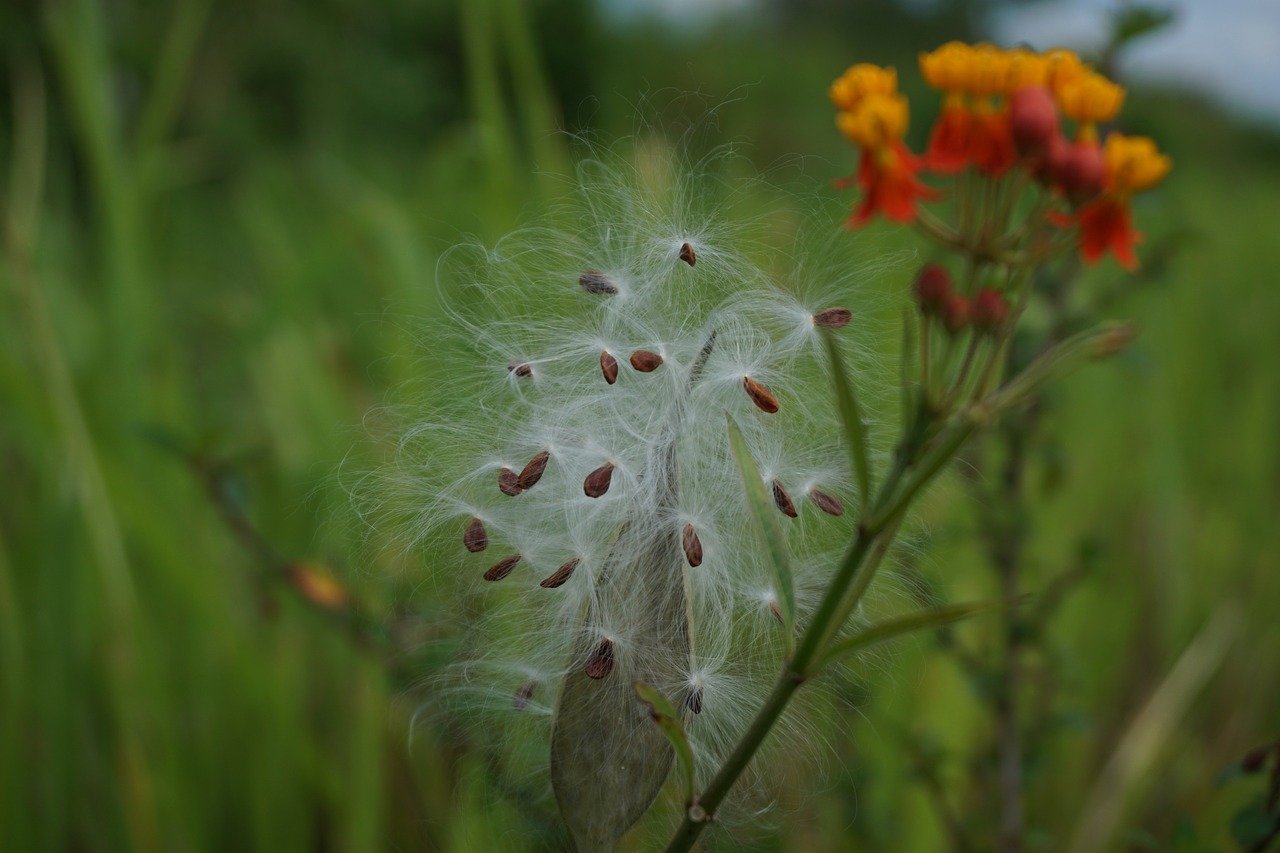
It takes a great deal of work and care to grow cotton successfully. It must be planted and harvested at just the right time, and harvesting is not for the faint of heart.
The bolls are sharp and prickly, and if you are harvesting by hand, you are bound to get injured.
Luckily, since the mid-20th century in the United States, commercial cotton planting and harvesting is done mostly by machine.
In some countries, such as India, the old ways still hold sway, and cotton farmers till, plant and harvest by oxen and by hand, as has been done for more than 5000 years.
How To Grow Cotton
How Does Hand Picking Compare With Machine Picking?
With hand picking, farmers were able to harvest about two hundred pounds of cotton daily. Machine harvest makes it possible to harvest that amount in under two minutes.
In addition to making harvesting much faster, modern technology makes it easier to plan the next crop.
Modern picking equipment has GPS and yield monitors that keep track of which areas produce the best yield. This knowledge is useful in making plans for the upcoming cotton season.
What Threats Do Cotton Crops Face?
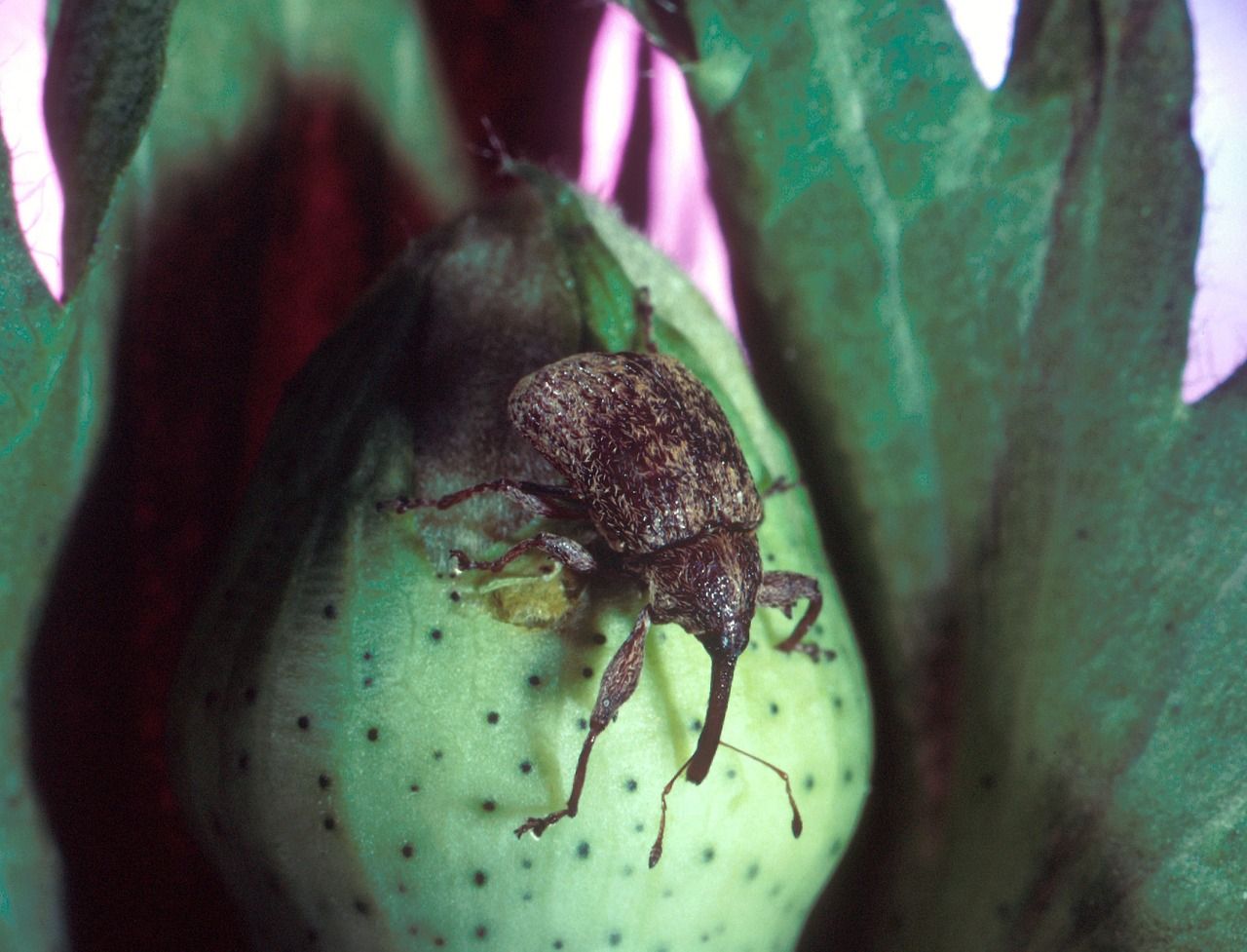
From seed to harvest, cotton is constantly under threat from disease, weed overgrowth and pests. Cotton growers must inspect their crops frequently and take action the moment any of these threats appear.
Undetected disease can quickly spread and wipe out an entire crop. Weeds left to grow compete with the cotton plants for water, nutrients and sunlight, and they attract pests.
The most dangerous cotton pest is the boll weevil, which specializes in destroying cotton. These rapidly reproducing insects eat the leaves and stems of the cotton plant and lay their eggs in the squares. The larvae hatch and eat the cotton inside the boll.
For more information on what the boll weevil does to the cotton plants, see our article here.
How Do You Grow Cotton?

As with all agricultural crops, growing cotton is a cyclical process. You can consider any point in the process the beginning, and many cotton growers consider the time immediately following harvest to be the start of the new cotton season because this is when preparation of the soil technically begins.
After harvest, growers who use tillage practices considered to be conventional cut the cotton stalks down and chop them up. They follow this by tilling them under the soil to help enrich the soil for the coming season.
Another method of tillage is known as conservation tillage. Growers who use this method leave the stalks as they are and allow the dead leaves and other residue to simply fall to the ground to decay and provide natural mulch.
Following either of these steps, the cotton fields simply rest through the winter months. In the springtime, growers prepare the fields for planting.
As with closing the growing season, there are a number of different methods for opening the growing season.
Growers who use the conventional tillage method plow the fields to form rows. This makes good seed-beds in which to plant cottonseed.
Those who practice conservation tillage (aka: no-till) methods plant seed directly through the natural mulch they have left in place. This is done through the use of specialized planting equipment.
Read also: How To Grow Soybeans Commercially: A Simple Guide
When Is Cotton Planted?
Generally speaking, cotton growers plant in April, but planting can take place at different times in the spring according to location.
In the southern part of Texas, growers may have seed in the ground early in the springtime (e.g. in February). In the northernmost areas of the Cotton Belt (e.g. Missouri) growers may wait until early summer to plant cottonseed.
The most important thing is that the soil be warm enough to allow the seed to germinate and grow.
Planting time also determines the type of seed a grower will choose. Some modern types mature more quickly and are better suited to areas with later planting dates.
To learn how to prepare cotton seeds for planting, see our article here.
How Is Cottonseed Planted?
Of course, cottonseed can be planted by hand, but this is an arduous and time consuming effort. Most commercial planting is done using mechanical planters which can plant ten to twenty-four rows at once.
The planter works by opening up a little furrow or trench in every cotton row and dropping in just the right amount of seed. Using machinery means that the seeds are planted in a very uniform manner.
One of two methods are used:
- In “hill-dropping” several seeds are dropped in a cluster.
- In “drilling” single seeds are dropped.
The planter follows up by packing earth over the seeds.
Once the seeds are in place, the soil around them is kept turned as a way of discouraging errant growth of grass and weeds. This is done through the use of a cultivating machine.
How Long Does It Take Cotton To Grow?
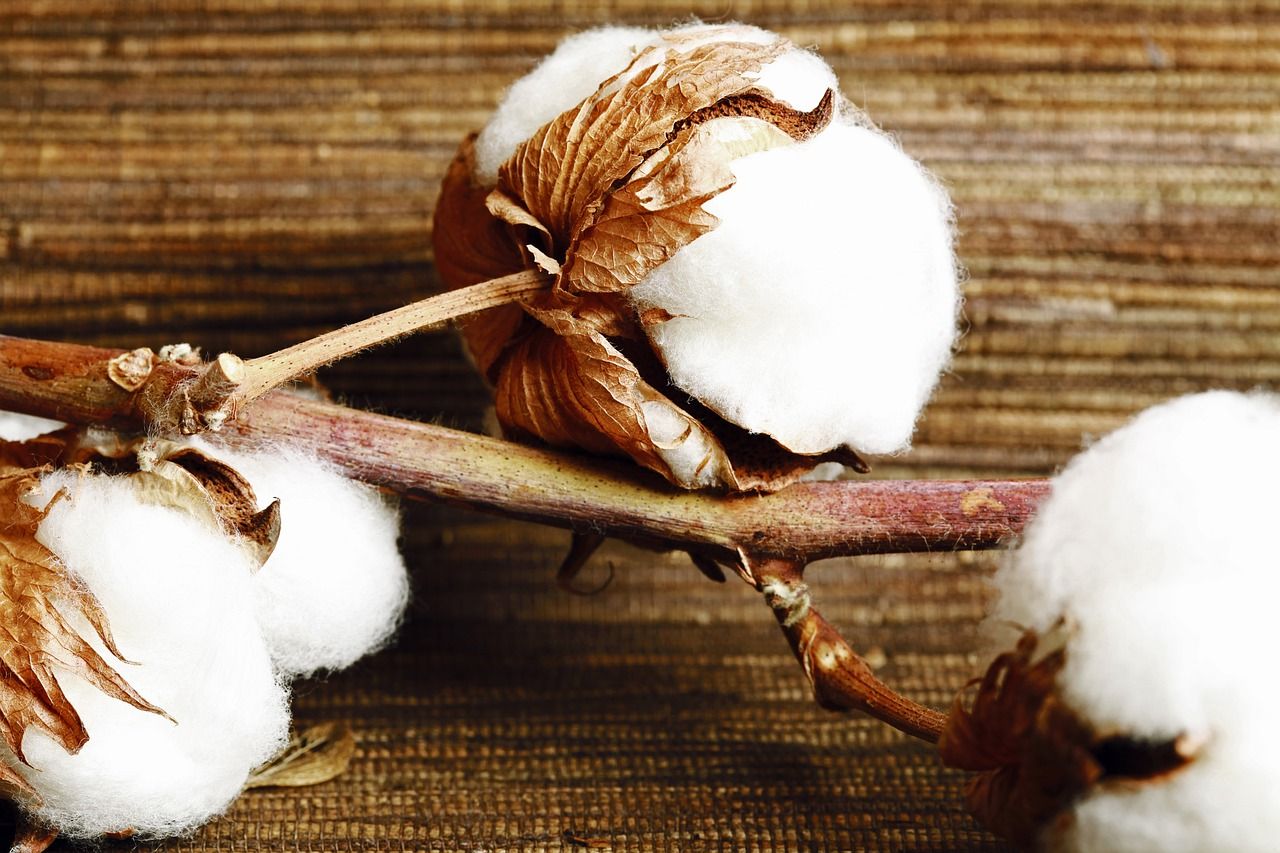
Within a couple of months, cotton plants should have reached their full height and begin forming flower buds. These are known as “squares”. The buds develop for another three weeks and then bloom.
Cotton blossoms are pretty and showy in attractive shades of yellow and white. They are rich with pollen and attract beneficial insects, such as bees and butterflies. Efficient pollination is necessary in order for cotton to develop.
The blossoms are short lived. Within a day of appearing, they transition from light colored to deep pink. Within three days, they shrivel and fall and all that is left is a green pod. This is the cotton boll.
The shiny, green cotton boll is football shaped, and there’s a lot of activity going on inside. New seeds form, and moist cotton fibers grow from within them and surround them.
The fibers grow and expand, and the cotton boll grows larger and eventually turns brown and begins to dry out.
When the boll is fully formed, it bursts open and the cotton becomes visible. When this happens, it’s time to pick the cotton.
For more detail on how long it takes for cotton to grow, see our article here.
How Is Cotton Harvested?
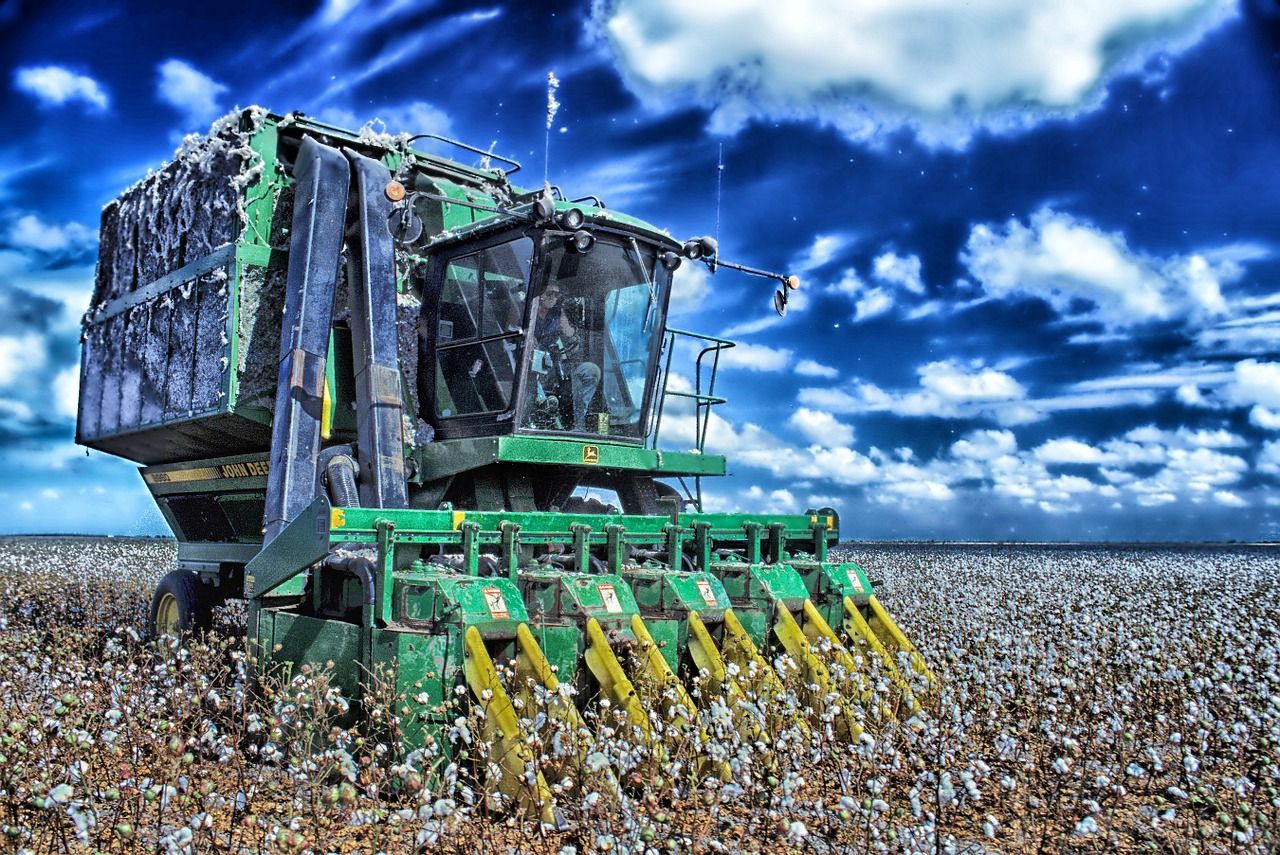
In the US, cotton harvest is done by machine. There are two types of machinery designed for this use:
- Cotton pickers are equipped with spindles that twist or pick the cotton directly from the bolls or burrs. A small, wire-toothed roller (doffer) removes the seed cotton from the spindles and knocks it onto the conveyor.
- Cotton strippers work by knocking cotton from the opened bolls onto a conveyor.
With both of these systems, air is used to lift and transport the seed cotton to a basket or storage bin.
When the bin has been filled, the seed cotton is poured into a trailer or boll buggy and taken to a module builder.
Modules are 20,000 pound rectangles of pressed cotton which fit precisely in the rear of a tractor trailer. Some cotton picking machinery is equipped with on-board module building ability.
For more information on when cotton is harvested, see our article here.
How Is Raw Cotton Prepared?
Once the cotton is pressed into modules and tagged, it is hauled away to the cotton gin where the lint (fiber) is pulled away from the seed. The first step is to remove leaves, grass and other debris from the underside of the module.
Second, burs and sticks are removed through the use of fine-toothed saws.
Finally, the seeds are crushed to extract the cottonseed oil. The meal that is left is used as an additive to animal feed.
The separated cotton lint is carefully cleaned to remove plant parts, dirt, germs and mold. When it is completely cleaned, it is put into a condenser and pressed into 500 pound cotton bales, which are shipped off to textile mills to be converted into usable products.
Australian Cotton, From Seed To Sock
Final Words
Cotton is grown all around the world because there is a constant and increasing need for it. This natural fiber is used to make all manner of textiles, such as:
- Feminine Care Products
- Beauty Products
- Coffee Filters
- Fishing Nets
- Clothing
- Diapers
- Wipes
- Paper
- Rope
…and much more.
Most cotton is grown commercially, and many states in the United States have laws against growing small crops or growing it just for fun.
Even so, many people today are growing this cash crop as a means of attaining self sufficiency or just as a matter of interest.
For more on why it is illegal to grow cotton in certain US states, see our article here.
In the southern US, cotton is a major money-making crop, and cotton is greatly in demand on the commercial market.
Small scale cotton growers can gain experience in spinning yarn, dyeing it, weaving cloth and making their own cotton products, such as cotton stalks that are used for decorations. Alternately, they may sell their wares at local markets.
Frequently Asked Questions
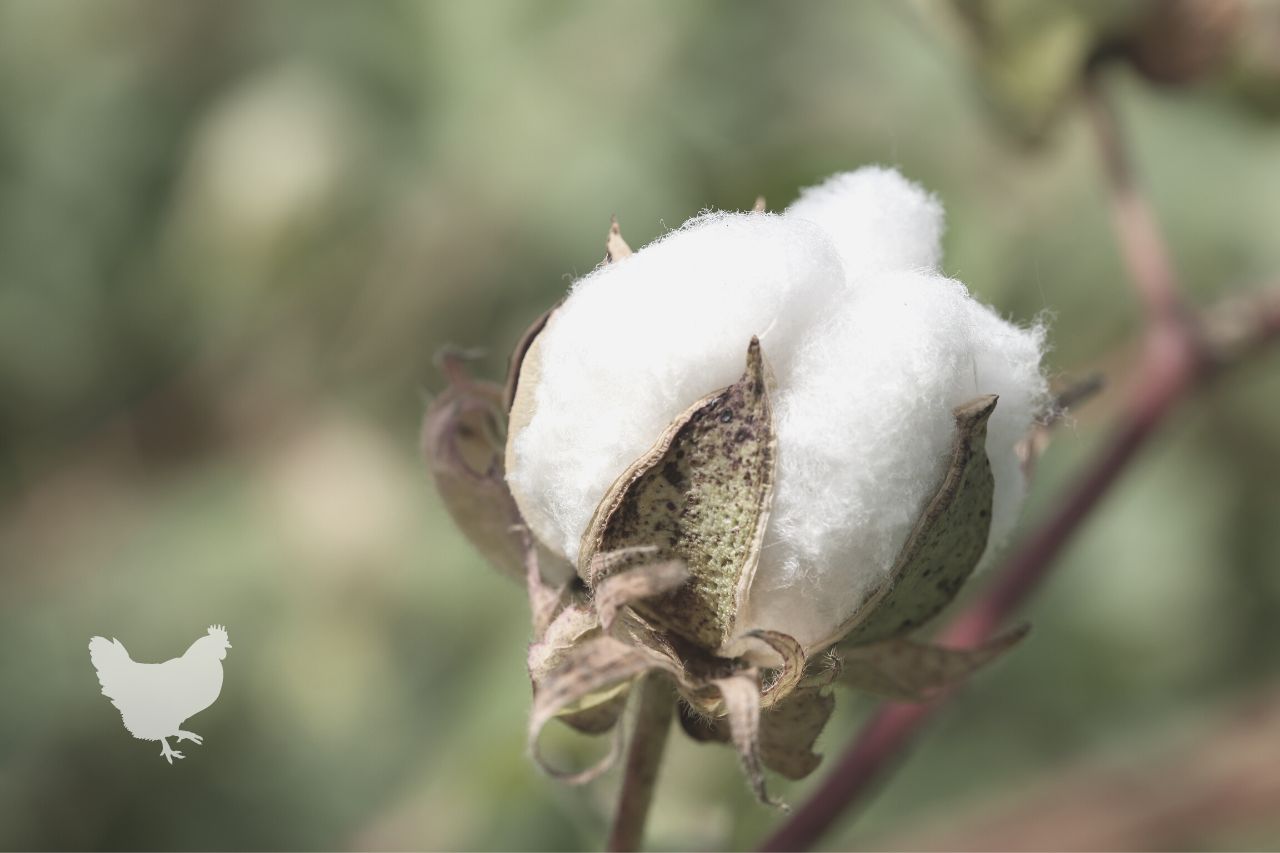
Cotton prices are one of many factors to consider when you are deciding on crop mixes. You have to keep a close eye on current and projected commodity prices. If cotton prices rise significantly, you may want to plant more acres of cotton and fewer in corn and soybeans, for example. On the other hand, if corn prices rise, you may decide to plant more corn. It’s hard to set a firm rule, and you are better off maintaining flexibility in your planting plans.
Establish an 8-year-plan to project your potential costs over the next near decade. Set a cost per-acre figure on machinery, and remember to include the interest rate on any financed machinery purchases. Determine whether you can negotiate the price of harvest machinery as a way of saving money. Remember that it’s always smart to conduct a cost versus price analysis for all of your crops to determine potential profit or loss. Think about your annual costs and your long-term costs (e.g. seed, fertilizer, fuel, and capital investments).
When deciding how to harvest your crops, you must think about the scale of your cotton acreage commitment. Weigh the costs and usefulness of the machinery you‘ll need. This especially applies to expensive cotton harvesting machinery. For example, if you buy a round-bale harvester, you’ll be making a long-term investment that will cover a great deal of acreage. A basket picker with module builders, on the other hand, is a short term solution and investment, and it requires more equipment and maintenance. Remember also to take ginning availability into account when you are planning your cotton harvest. You may need to make arrangements with a ginning service well in advance.
This is smart for a number of reasons. First of all, rotating your crops is a good way to prevent infestation by diseases and pests and avoid depleting your soil. Flexibility with price variances is another important consideration. The price of cotton prices is just one factor to keep in mind when deciding on crop mixes. Think about the prices of other commodities as well. Shift the amount and placement of acreage devoted to each type of crop as prices of each commodity rises and falls.
Before you put a single cotton seed in the ground, you should run all the numbers. If you can’t get it to turn out well in writing, you won’t be able to manifest it in reality. Look ahead 8-10 years and consider profits and loss using a range of possible prices to determine just how profitable growing cotton may be for you in the long term.
I did a few research but I’m still unsure whether growing cotton can be a good business in the Midwest?
According to National Public Radio (NPR) Illinois, as of 2022, cotton production is, indeed, moving into midwestern areas because of weather changes brought about by climate change. https://www.nprillinois.org/2022-03-11/cotton-farming-is-inching-north-into-the-Midwest